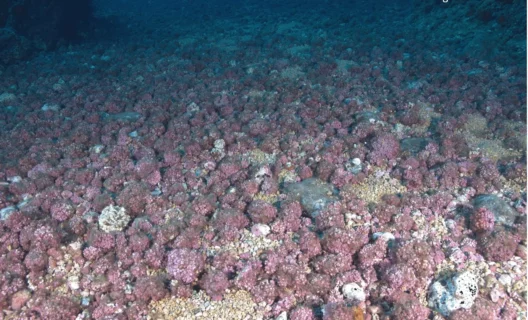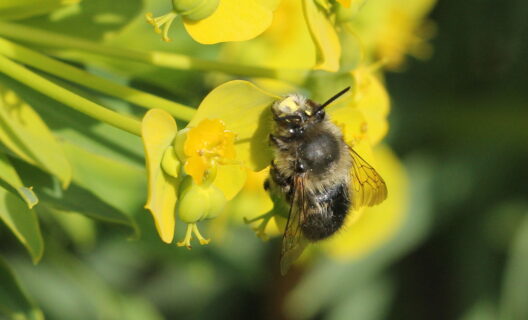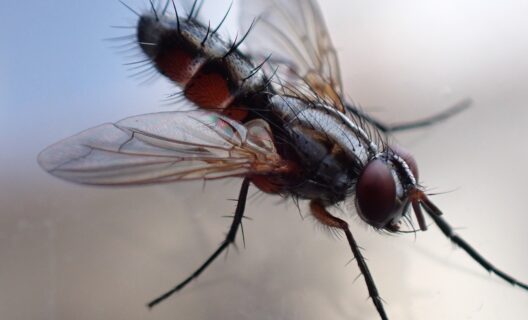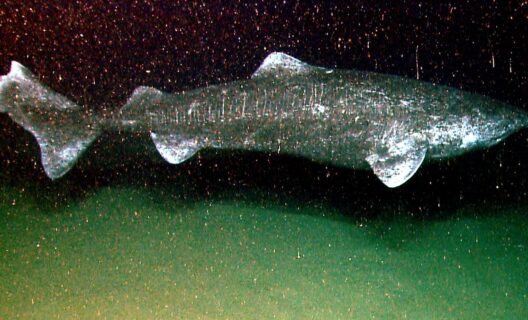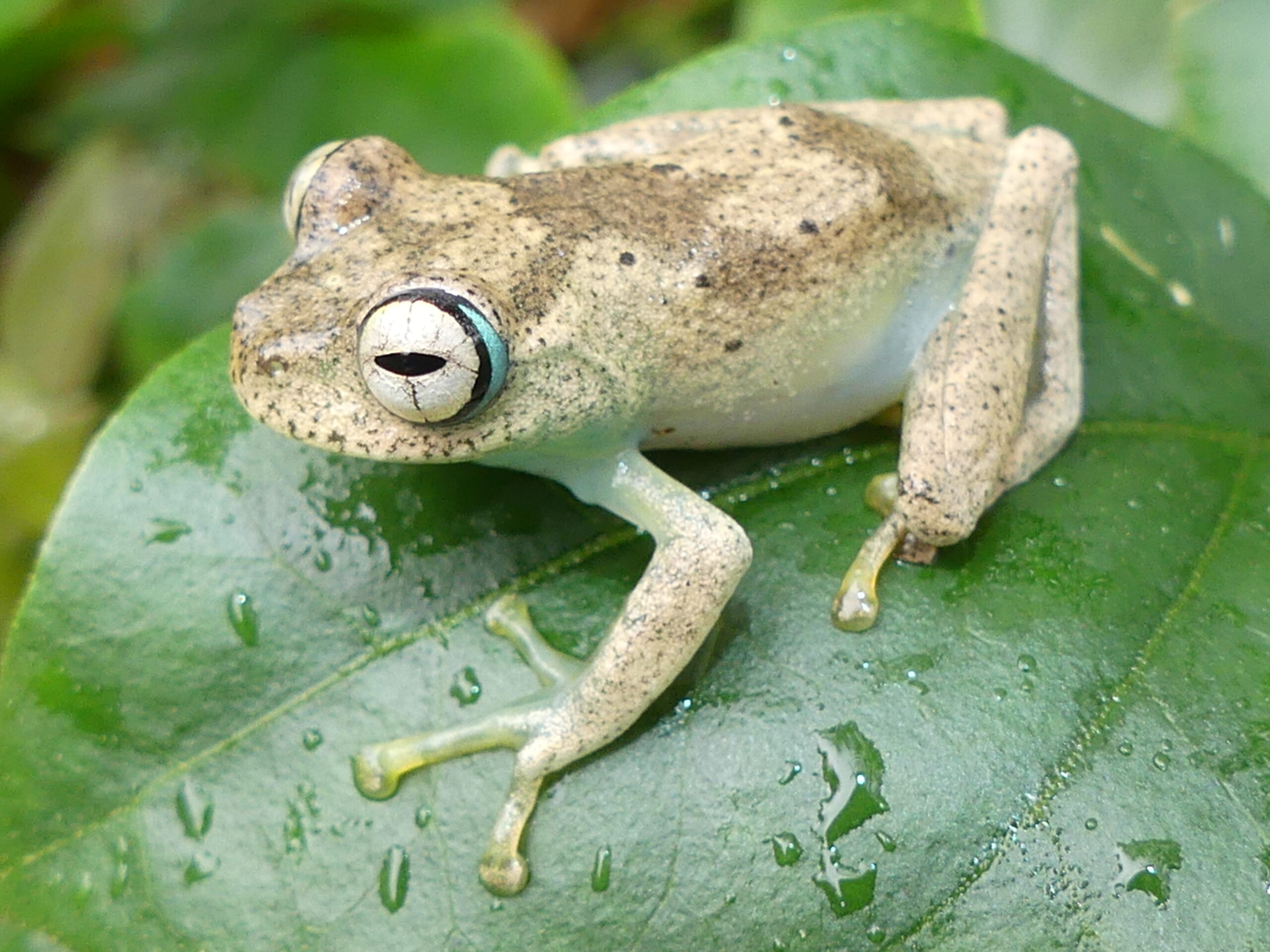

Reading time
0 min
Imbalance in the allocation of conservation funds threatens endangered species
A study conducted by the Universities of Florence and Honk Kong (“Limited and biased global conservation funding means most threatened species remain unsupported”), published in PNAS, has highlighted for the first time a not insignificant management issue for biodiversity conservation: global funds, both public and private, allocated to safeguard the existence of species are unevenly distributed, to the detriment of those at direct risk of extinction, many of which are critical to the functioning of ecosystems.
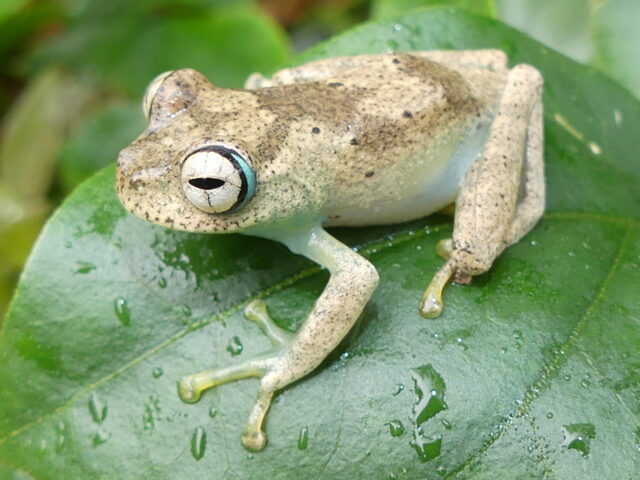
""
The research examined some 14,566 conservation projects spread over a twenty-five-year period from 1992 to 2016. Many of the projects analyzed are part of the European LIFE program, which is crucial for the conservation of Italian species. The researchers compared the amount of funding for each species reported on the “red list,” the list of threatened species compiled by the International Union for Conservation of Nature (IUCN), the institution that assesses levels of extinction risk.
""
How were conservation funds distributed?
The study found that a total of $1.963 billion was allocated
over the time period under review, of which about 82.9 percent went to vertebrates while plants and invertebrates got only 6.6 percent each of the funding; fungi and algae, on the other hand, barely made it back, with less than 0.2 percent of the funds for each of the species . A peculiarity of the research also is that it showed how the imbalance in distribution occurs even within the groups that received the most funding: large mammals for example, which make up one-third of threatened mammals according to the IUCN, enjoyed 86 percent of the funding.
""
Among the “privileged” species, which represent only a small portion of the large species, we find elephants and sea turtles in particular, but 94 percent of the species at direct risk of extinction are at the expense: amphibians, invertebrates, plants and fungi have received only minimal economic support. “The data say, for example, that among the most endangered vertebrates are amphibians (salamanders and frogs), but funds devoted to them are less than 2 percent of the total. In general, animals that we consider “ugly” or dangerous (bats, snakes, lizards, and a great many i nsects excluding butterflies) are very poorly funded in terms of conservation,” explains Stefano Cannicci, professor of zoology at theUniversity of Florence and IUCN member, among the study’s authors.
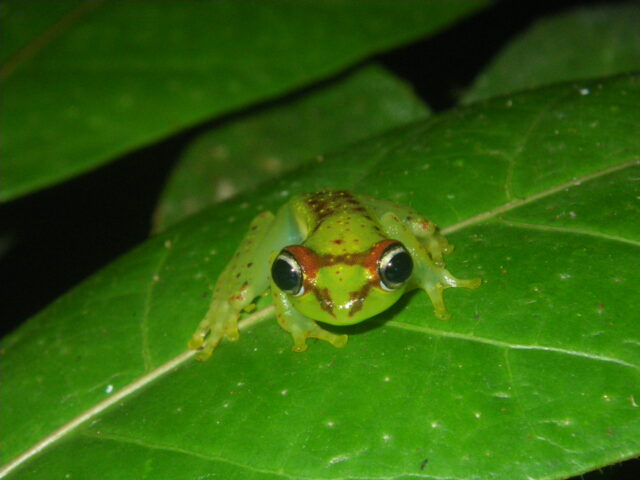
""
Researchers’ appeal
To better manage the challenge posed by biodiversity protection, the researchers believe that it is necessary “toallocate more resources to conservation overall, but also for governmental and nongovernmental organizations to work to realign, based on scientific knowledge, funding priorities toward species at real risk of extinction and currently neglected,” since “investing funds on the conservation of a few species does not preserve the ecosystems that support them.” Cannicci throws important food for thought into a question that it is hoped the relevant bodies involved will answer as soon as possible, so as to optimize the use of funds based on the need reported by the scientific community: “What is the point of conserving an animal but not the animals or plants it eats?”
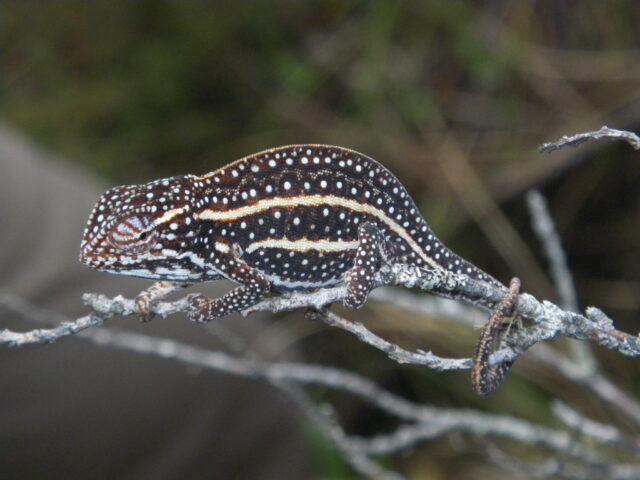
The journey goes on
Every story paves the way for the next: discover where biodiversity takes you


